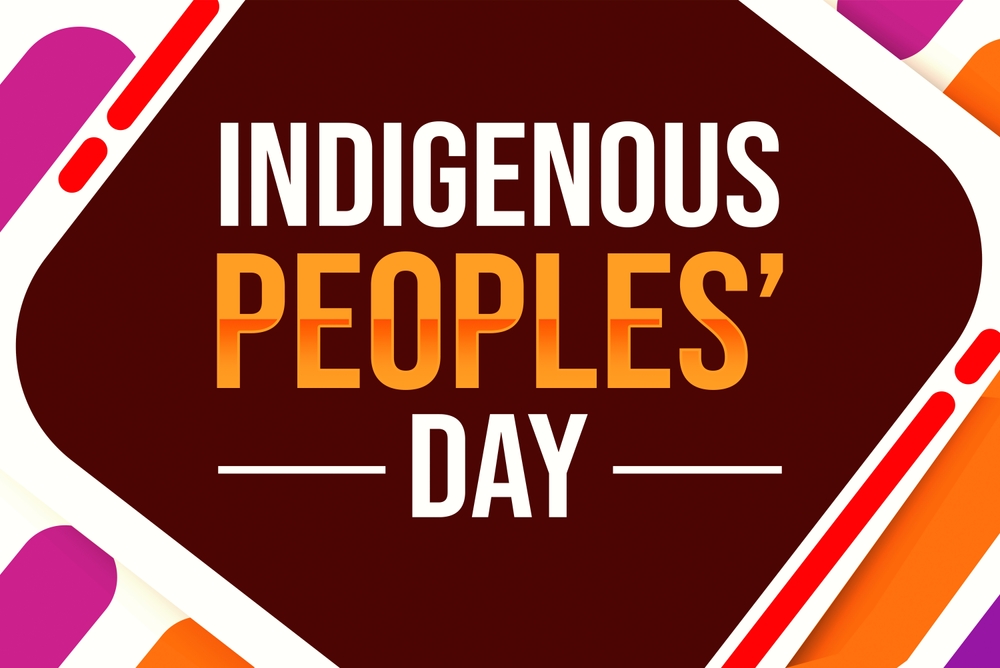
In October, we celebrate Indigenous Peoples’ Day and in November, we honor Native American Heritage Month. So it’s a good time to brush up on certain terms, as it’s important to understand key distinctions and definitions.
To help give you an overview, we’ve pulled some key points from the Association Press. But we encourage you to read the full entry for additional context and detail.
- Native Americans and American Indians both are acceptable terms in general reference for two or more people from different tribal affiliations in the U.S. Natives is acceptable on second reference. If you’re referencing individuals, try to use the name of the tribe if you can get it. Example: She is a Hopi commissioner.
- Indigenous peoples is a phrase that refers to groups who are the original inhabitants of their respective nations. Use peoples when referring to multiple Indigenous groups. Use people when referring to multiple individuals from different Indigenous groups.
- In Alaska, Indigenous groups are known as Alaska Natives.
- In Canada, First Nation is preferred.
- Indian describes people and cultures of India. Do not use for Native Americans or American Indians. But this can be used for part of a proper name such as Indian Country.
- Tribe corresponds to a sovereign political entity, communities sharing a common ancestry, culture or language, and a social group of linked families who may be part of an ethnic group.
- Indigenous is capitalized.
